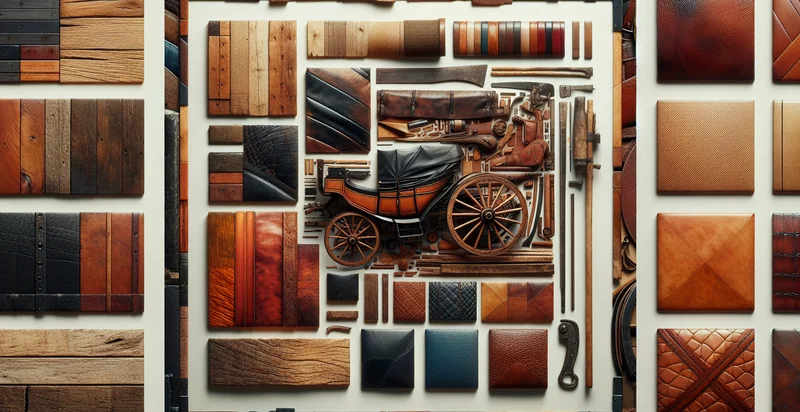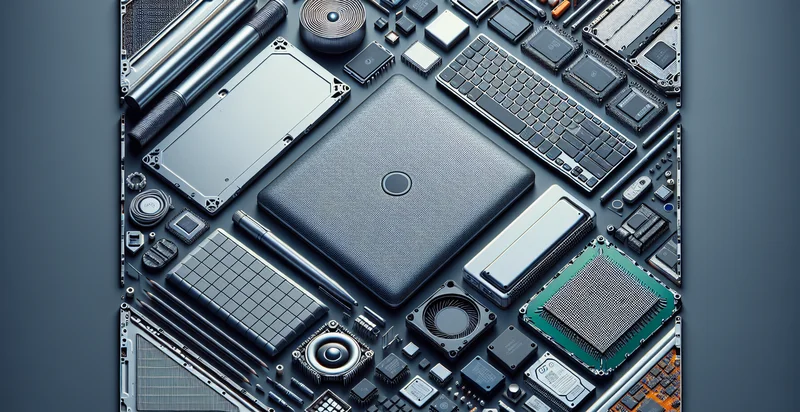Identify what material a carriage is made from
using AI
Below is a free classifier to identify what material a carriage is made from. Just upload your image, and our AI will predict what material the carriage is made from - in just seconds.

Contact us for API access
Or, use Nyckel to build highly-accurate custom classifiers in just minutes. No PhD required.
Get started
import nyckel
credentials = nyckel.Credentials("YOUR_CLIENT_ID", "YOUR_CLIENT_SECRET")
nyckel.invoke("what-material-a-carriage-is-made-from", "your_image_url", credentials)
fetch('https://www.nyckel.com/v1/functions/what-material-a-carriage-is-made-from/invoke', {
method: 'POST',
headers: {
'Authorization': 'Bearer ' + 'YOUR_BEARER_TOKEN',
'Content-Type': 'application/json',
},
body: JSON.stringify(
{"data": "your_image_url"}
)
})
.then(response => response.json())
.then(data => console.log(data));
curl -X POST \
-H "Content-Type: application/json" \
-H "Authorization: Bearer YOUR_BEARER_TOKEN" \
-d '{"data": "your_image_url"}' \
https://www.nyckel.com/v1/functions/what-material-a-carriage-is-made-from/invoke
How this classifier works
To start, upload your image. Our AI tool will then predict what material the carriage is made from.
This pretrained image model uses a Nyckel-created dataset and has 15 labels, including Aluminum, Bamboo, Ceramic, Composite, Fabric, Fiberglass, Glass, Leather, Metal and Plastic.
We'll also show a confidence score (the higher the number, the more confident the AI model is around what material the carriage is made from).
Whether you're just curious or building what material a carriage is made from detection into your application, we hope our classifier proves helpful.
Related Classifiers
Need to identify what material a carriage is made from at scale?
Get API or Zapier access to this classifier for free. It's perfect for:
- Material Inspection in Manufacturing: In manufacturing settings, the false image classification function can be utilized to check the materials used in carriage production. By identifying materials correctly, manufacturers can ensure quality control and compliance with safety standards.
- Restoration of Vintage Carriages: Antique restoration shops can leverage this classification function to determine the original materials used in vintage carriages. This insight aids in sourcing authentic materials for restoration, thereby preserving historical integrity.
- Insurance Valuation: Insurance companies can use the classification function to assess the material composition of carriages during claims processing. Accurately classifying the materials can influence the valuation of damaged or lost items, leading to fair compensation.
- Market Research and Trend Analysis: Businesses studying market trends can utilize the function to analyze the materials predominantly used in current carriage designs. This information can inform product development and marketing strategies aimed at meeting consumer preferences.
- Environmental Impact Assessment: By identifying the materials used in carriages, organizations focused on sustainability can evaluate the environmental impact of different materials. This assessment can guide consumers and manufacturers towards greener alternatives.
- Custom Carriage Design: Custom carriage builders can leverage the classification to experiment with different material combinations. Understanding how various materials behave together can help in designing innovative and functional custom solutions.
- Supply Chain Optimization: Retailers and suppliers can use the classification system to streamline inventory management. By knowing which materials are predominant in carriage manufacturing, they can make better-informed purchasing decisions, reducing excess inventory costs.


